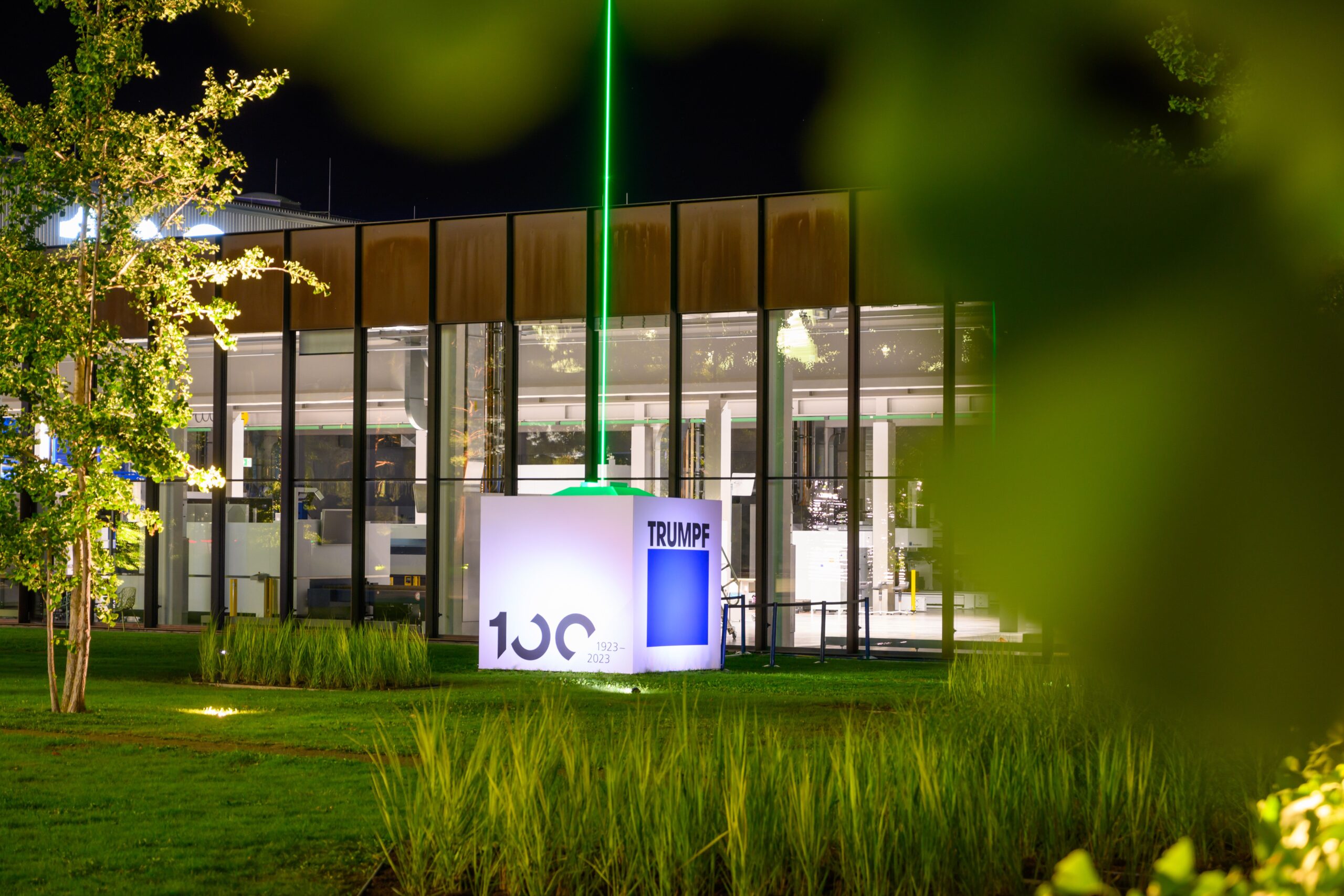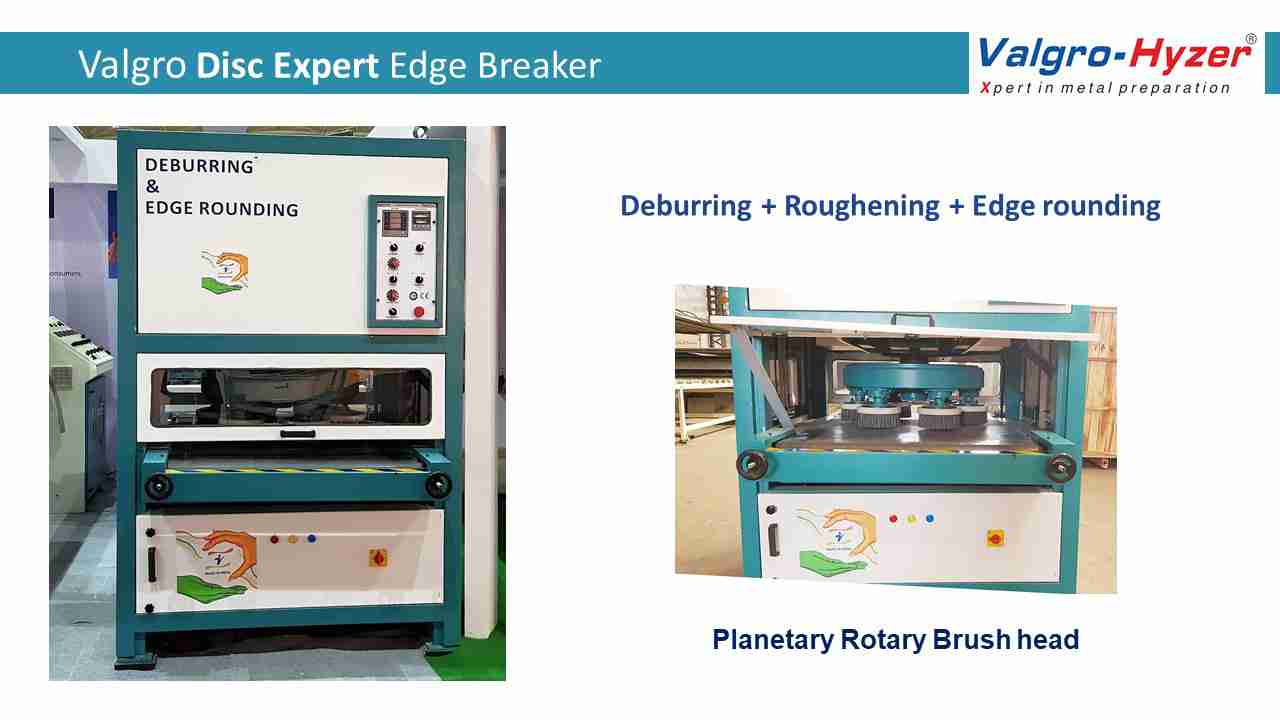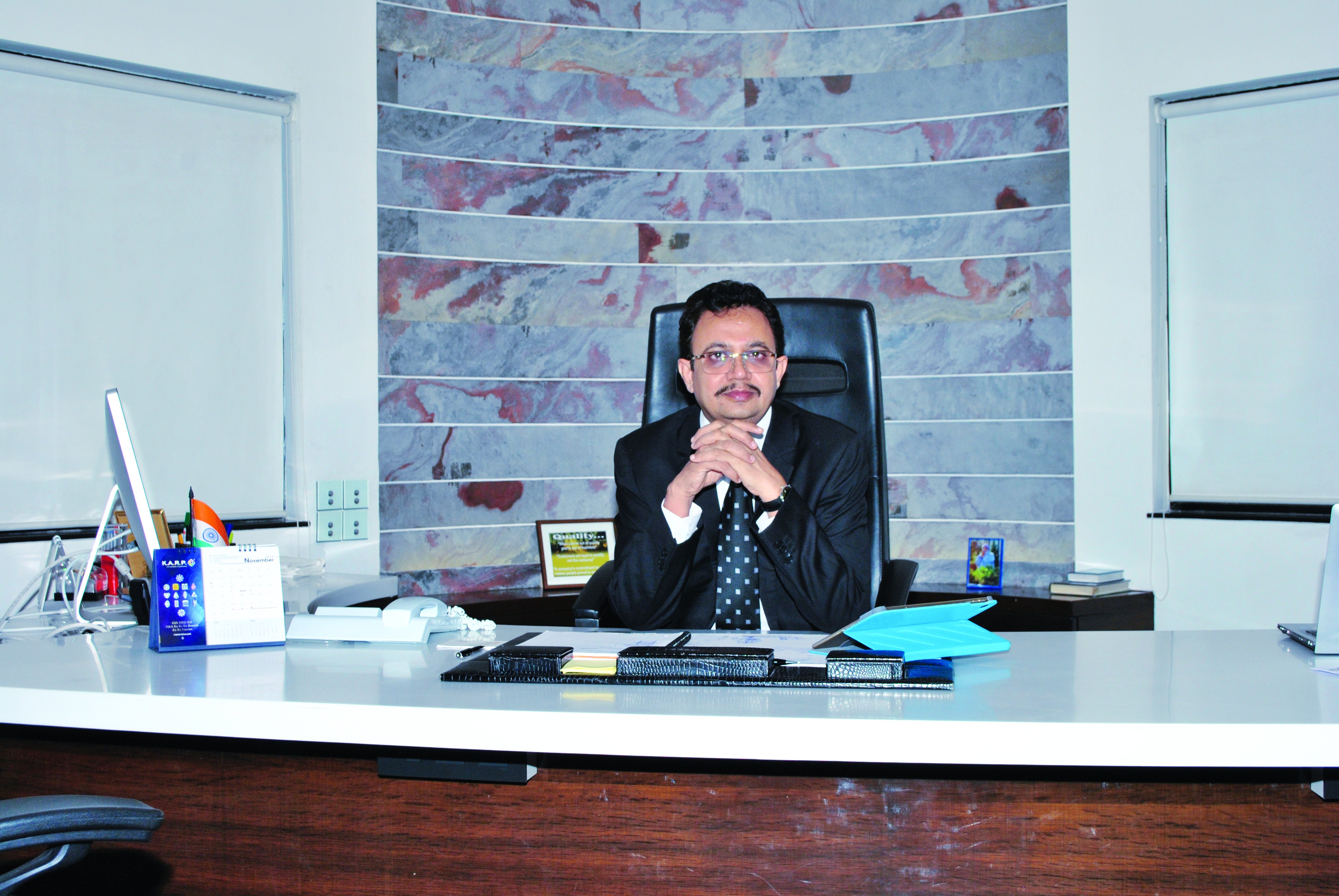Three Mega Trends – Is India’s Automotive Industry Prepared?

Shree Harsha, India Marketing Director, Dassault Systemes, Interacts with DMI and shares his views on Top 3 Trends in Automotive
The history of the automotive industry has been one full of disruptions and churn. But the industry has also been one that believes in the wisdom: When life gives you churn, make butter.
Whether it is assembly-line production, advancements in combustible engine (CE) technology, or the introduction of autonomous and connected cars, the automotive industry has a history of turning every challenge, every adversity into an opportunity.
The last few years have been particularly tough on the industry. Wild swings in crude oil prices, stricter regulations, supply-chain disruptions due to trade conflicts; a host of such challenges and more have impacted the industry’s growth curve. As a result, the year 2019 ended 10 years of continuous growth – global car sales fell by 4% and production by 5%. India’s industry fared no better where car sales declined even further by 12%.
Then the mother of all challenges – a once-in-a-century pandemic – hit us in 2020. Automotive was among the worst-hit industries. Stakeholders say that the pandemic set back the Indian auto industry by about four years. Global OEMs, even though helped by a recovery in the final three months of the year, still posted a double-digit decline in sales in 2020.
True to its grit, the auto industry has responded to these challenges by bringing out the big guns of innovation during the last few years.
Electrification, car connectivity and autonomous driving have been some of the major tech innovations that offer immense hope for this resilient industry in the coming years.
Three Mega Trends – Electrification, Digitization, and a perceptible shift from public transit and shared mobility. At DMI we will dive into this topic. What are the megatrends in the auto industry, how they portend to transform the global industry, and how prepared the Indian auto industry is in not only adjusting to these trends but also leveraging them for future growth?
Electrification
There’s no doubt here. Every single country we observe has announced their phase-out plans for internal combustion engines -the UK by 2035 and then India by 2050.What does it tell you? The sooner somebody starts planning on core, applied and advanced research on EV and develops custom products, starting with try-outs like in India now Mahindra is doing fantastically if you have seen the product portfolio “Mahindra Treo”, the small auto-rickshaw, which is used by Mahindra EV shared mobility space for deliveries, is a classic example of applying your knowledge of the core EV motor and battery technology, and then solving a local problem, which is basically the last-mile delivery of the goods towards your customer base and is shifting hugely towards online buying. Even we are more comfortable today in buying goods by using these online apps, whether it is groceries or vegetables and Mahindra has rightly tapped that. This is a culmination of the shift towards personalization and the shopping business is evolving as retail businesses in India.
I would rather go on and say, that EV is here to stay. We are fortunate to work with more than 80 plus EV companies globally, starting from Tesla and the Chinese company, NIO. We are lucky to really understand the market evolution in the last 10 -15 years in that space.
What that clearly tells us are three things on EV, which fundamentally, is that the legacy architectures of car from 1950-1960’s making have to go off. If you keenly observe traditional vehicle architectures, we keep the engine in the front or rear of the car, there is an axis system, drive train, the chassis and body architecture, which is steel primarily.
What do I mean by change is that under the new architectures to come, the battery will be placed under the car chassis. The huge boot space, both in front and the rear of the car, provides huge design possibilities of what we could do with that space. This is pushing the boundaries of traditional engineering and that is what makes it relevant.
So what does it give you from a pure battery, motor and connectivity space? It gives you ample options if you are able to solve a customer problem with EV and come up with new solutions with last-mile connectivity. Let me give an example of a new company we are working with. It is based out of Bangalore and is coming out with chauffeur-driven EV mobility subscription-based service for individuals like us, with the finished quality of the top car models like the Mercedes Benz and the BMW. They are disrupting the market right now as we speak. So, the bottom line is, EV is going to stay. So, people who are mastering battery, motors, customer needs and can quickly come up with a new architecture with the right cost and are able to convince the customers like us will be the winners. It is just a matter of 2-5 years but it is not going to happen suddenly. If you look at the global market, our EV sales are just 2% of the global car sales. It means that 98% of cars still run on the diesel and petrol, which means internal combustion engines are still dominating the market for over 100 years. You cannot expect the same to happen for EV in 10 years. It will continue to coexist as such.
Digitization.
People always think that it is very expensive and only western companies can go that way. We have talked about a Bangalore based small start-up, called Simple Energy, adopting a 3D experience platform. Would it be possible for a 2 years old, Indian, Bangalore based start-up to imagine and produce an electric vehicle scooter 10 years ago with the same technologies and tools and the processes which Toyota, Boeing, Airbus or Jaguar and Land Rover are using today, with a small set-up? And that is exactly what digitization has made possible in a span of 5-10 years. The ongoing pandemic has clearly shown us that cloud adoption is not an option anymore. If you are sitting in your home in Bangalore or Delhi or you are interacting with the designer in London and your simulation is getting done by someone based out of Japan. This is the power of digitization. These new, disruptive, agile, youngsters led start-ups are paving the way for the market disruption on digitization. They are showing that you can learn from the market, with the data, and insights on electric vehicle processes. You can adopt these kinds of cloud tools, either for design conceptualization, manufacturing, testing, virtual testing, which is CAE and then be able to market these products online and we are fortunate to work with some of these companies as well.
And digitization is not just limited to back office, operations, digitization and people talking about digitization. It is all about figuring out a way, how fast you can come out with a new product, with the highest quality with as right costs as possible, taking advantage of the resources spread out globally. And for us, I think we call it as the end-to-end cycle of the new product development, and that is where we provide our solution portfolio.
Perceptible shift from public transit and shared mobility.
If you really see what the positive aspect of it, we never talked about using digital technologies in India in the dealer and sales networks. Customers are suddenly using online tools for doing data research of the car, they are comparing multiple brands, talking about the features and functions before they even walk into a showroom or even call someone for a test ride. That itself is proof that the sales and marketing aspect of the business could be very ripe right now in India for digital disruptions and that is where we play a significant role with our brand called as 3DExcite wherein either through a mobile phone or an iPad or on a website, you have a unified platform to stay connected with the customer and reduce the buying cycle time frame altogether.
So, even though there’s a shift is there from shared mobility to personal mobility, nonetheless the opportunities are immense with regards to the solutions which many of the OEMs can adopt and then leapfrog with their transformation journey out there.
I would sum it up by saying that the business model is going to be a key topic altogether that many OEMs are looking at. Gone are the days where OEMs could work in siloes. Now is the time for collaborations, whether it is academic, industry, suppliers or even across industries. We are talking about the automotive industry learning from the healthcare industry and vice versa, then cross apply this knowledge to provide solutions. And our offering, as a 3D experience platform, does exactly that. We provide an end-to-end framework for OEMs and suppliers for the entire automotive value chain to be able to address this set of needs in the market.





